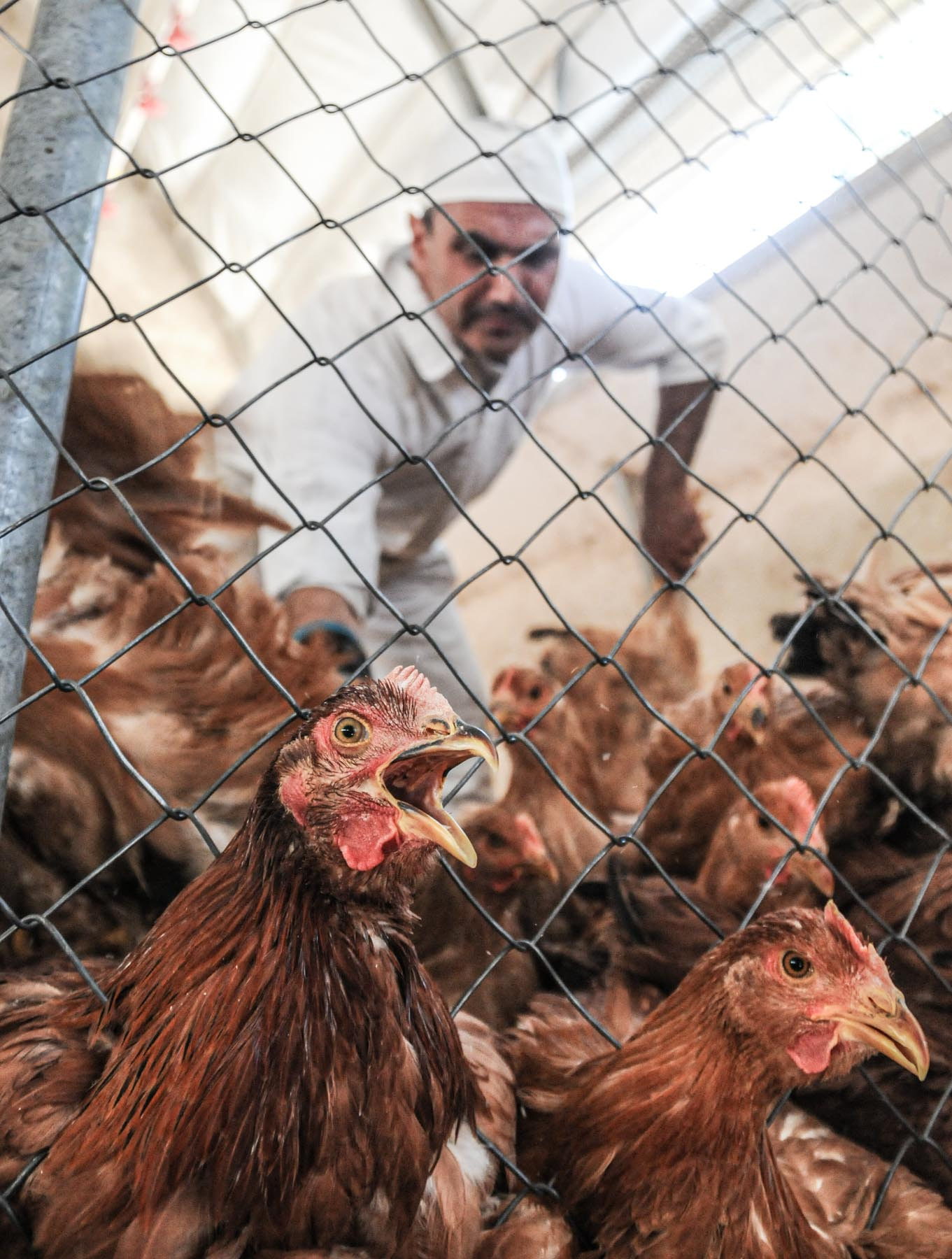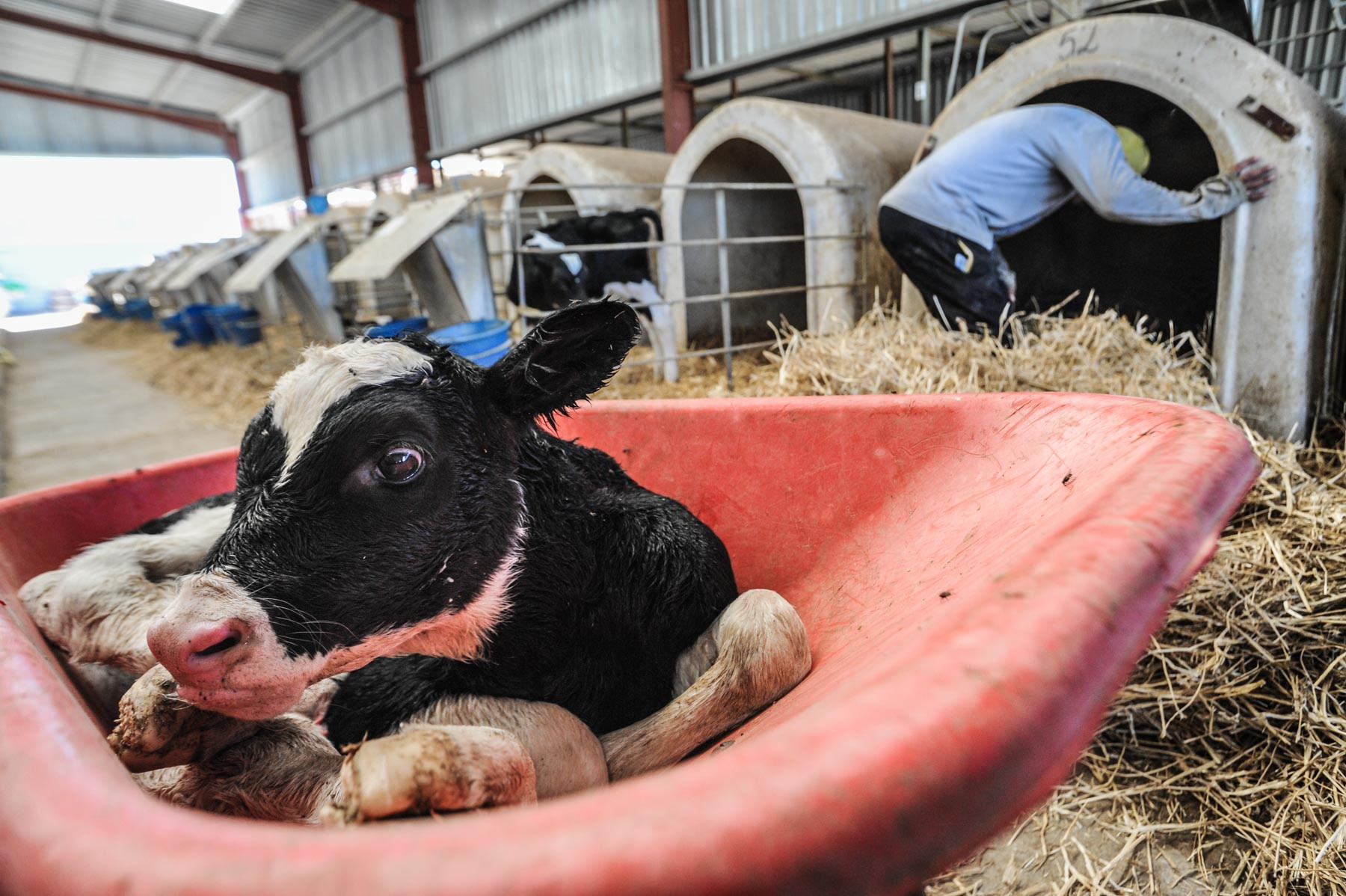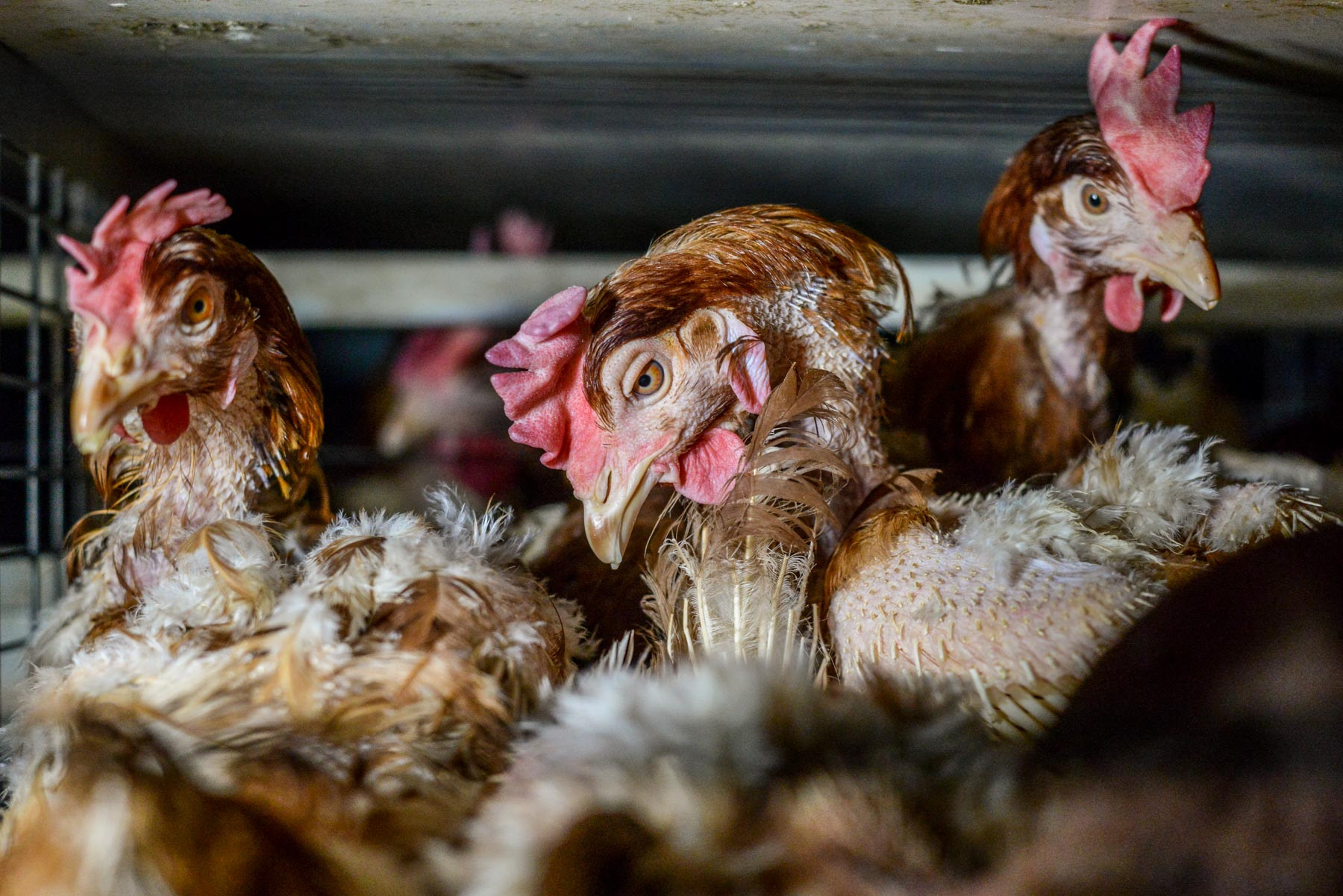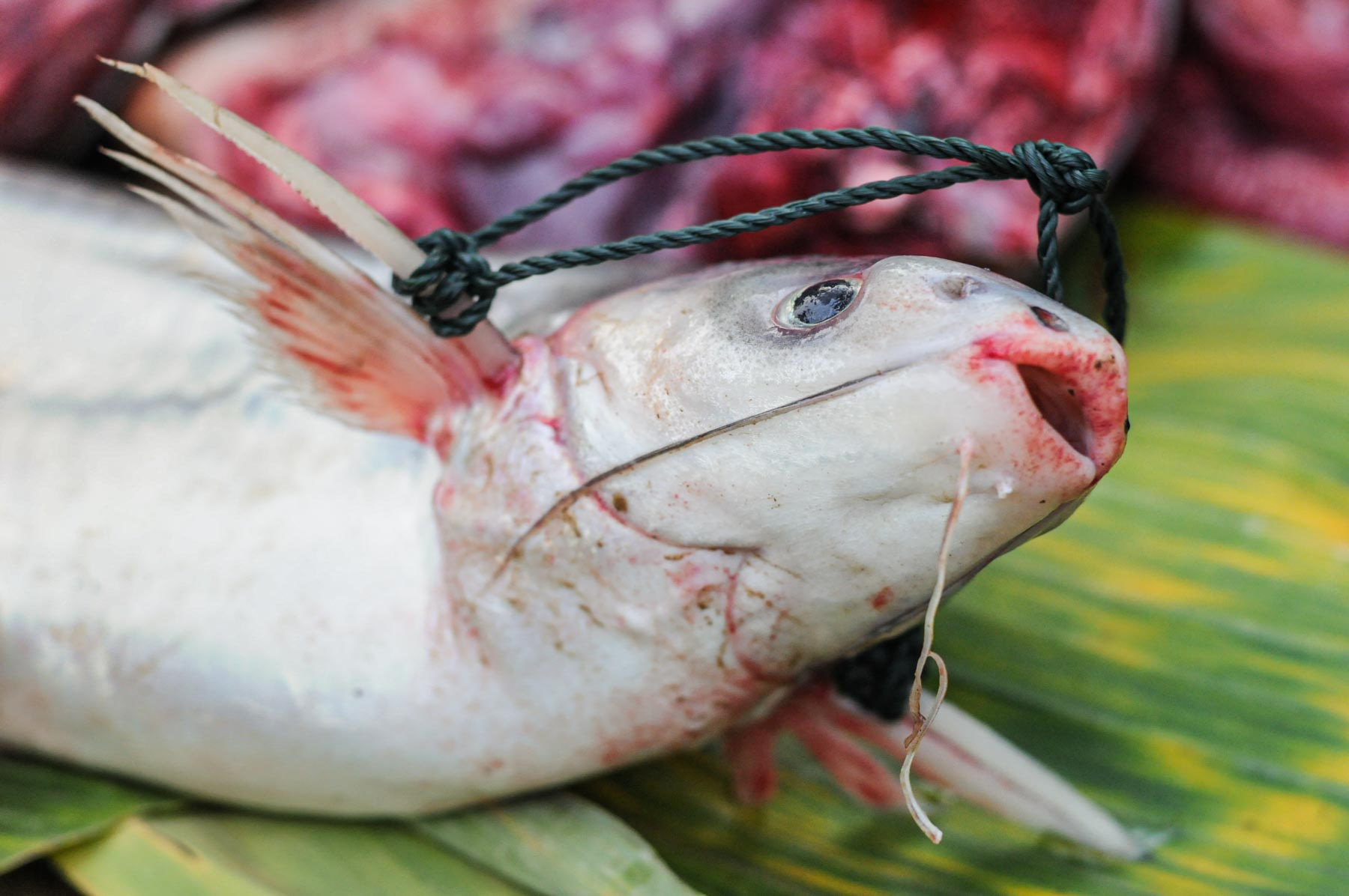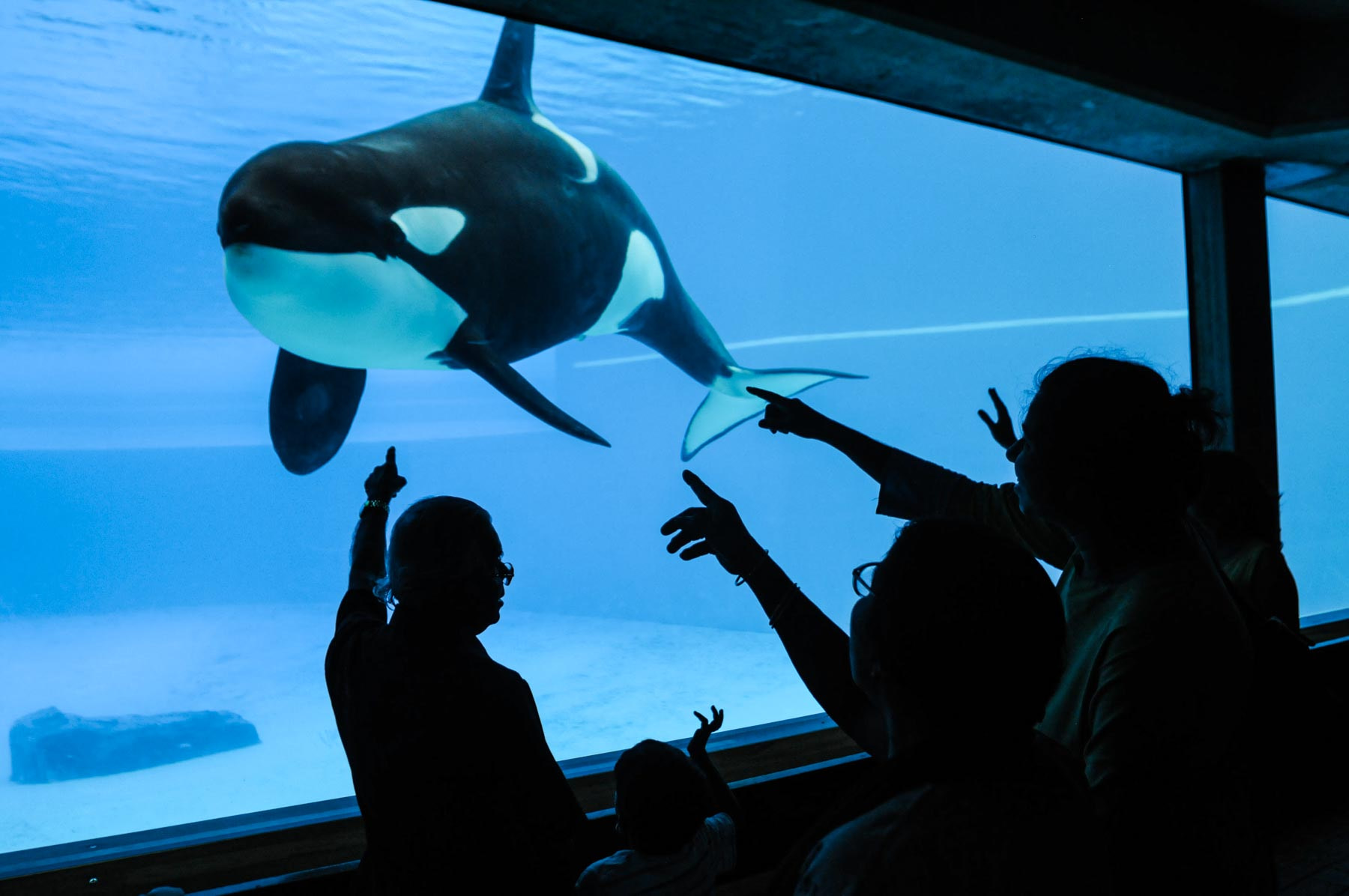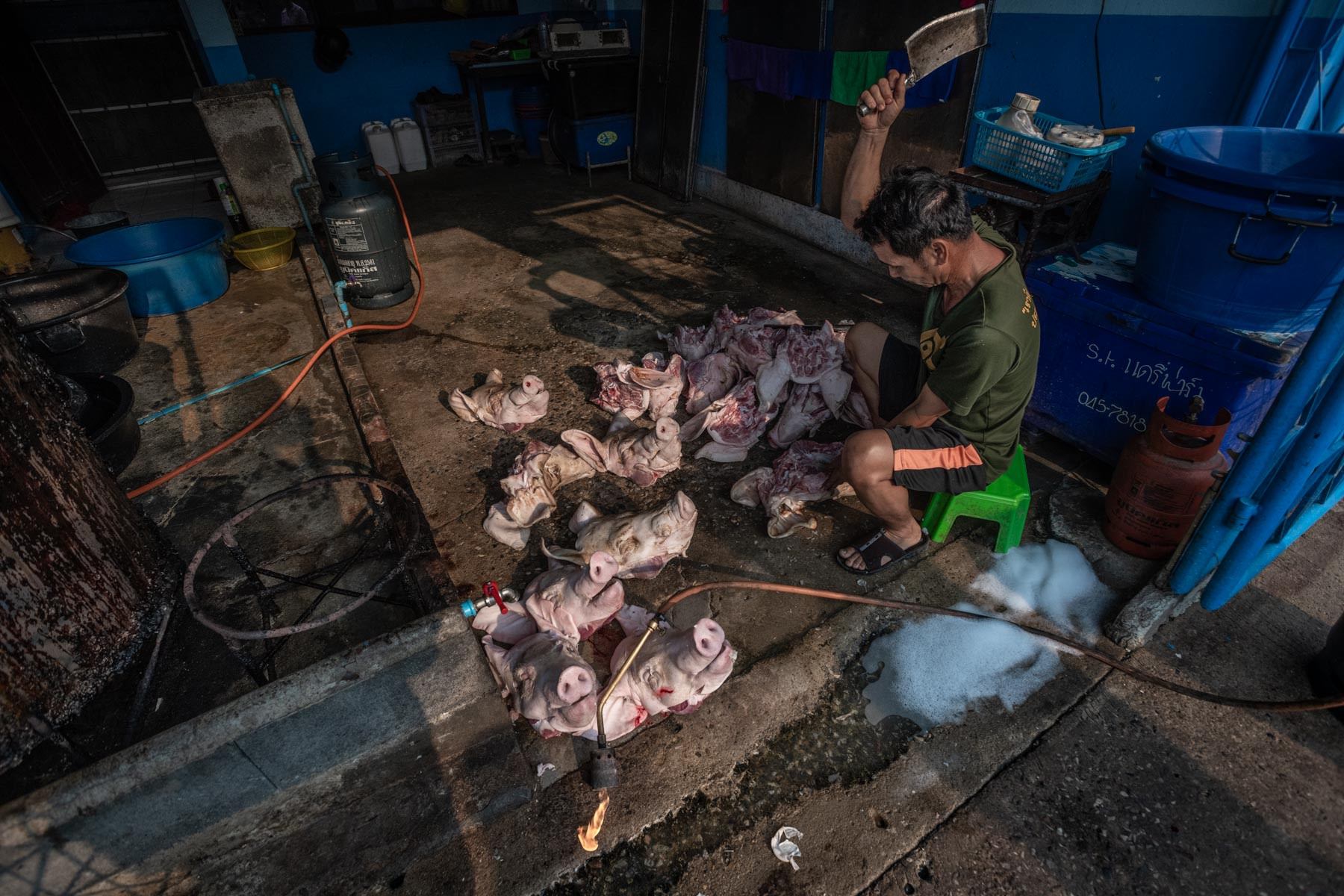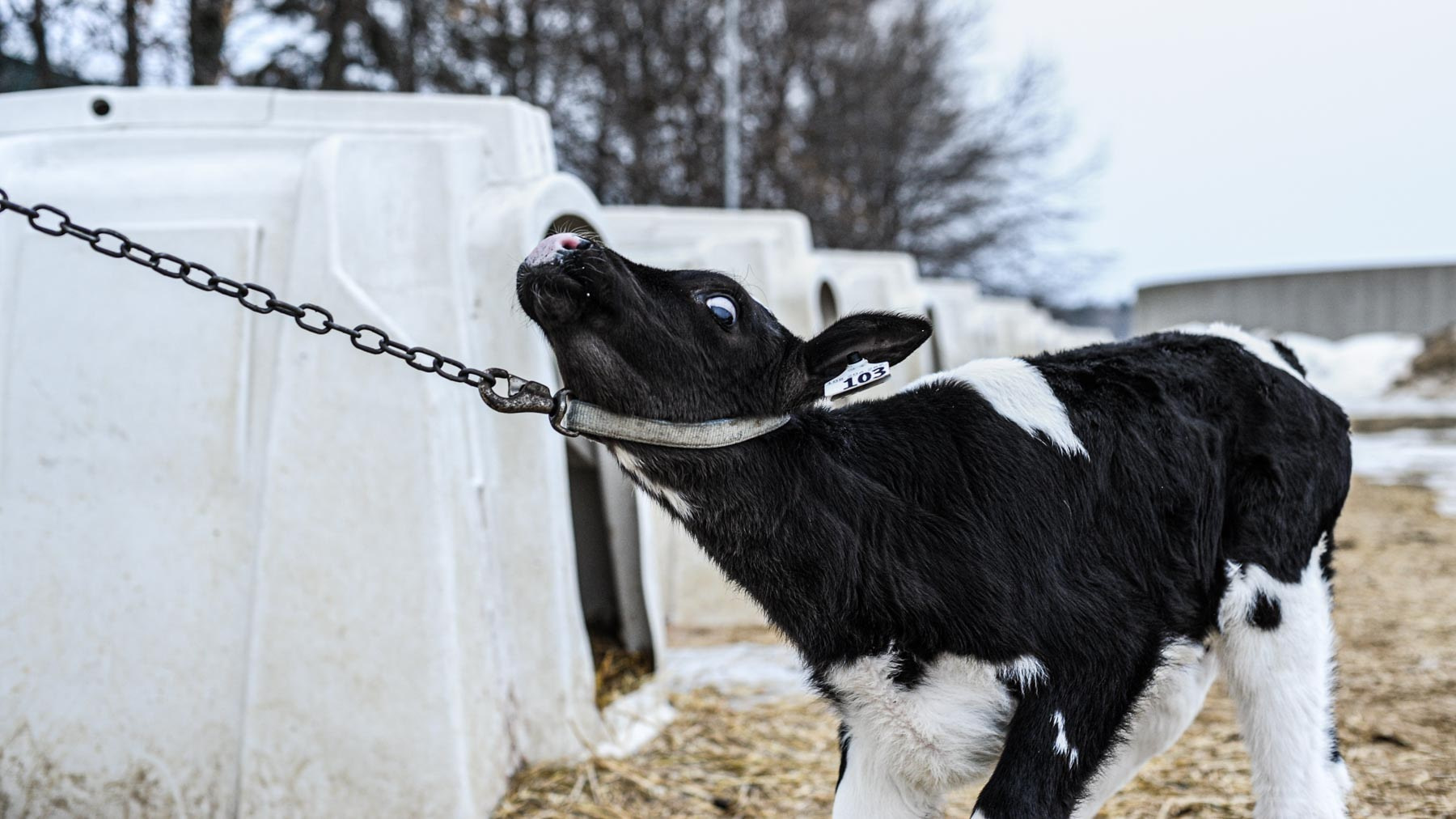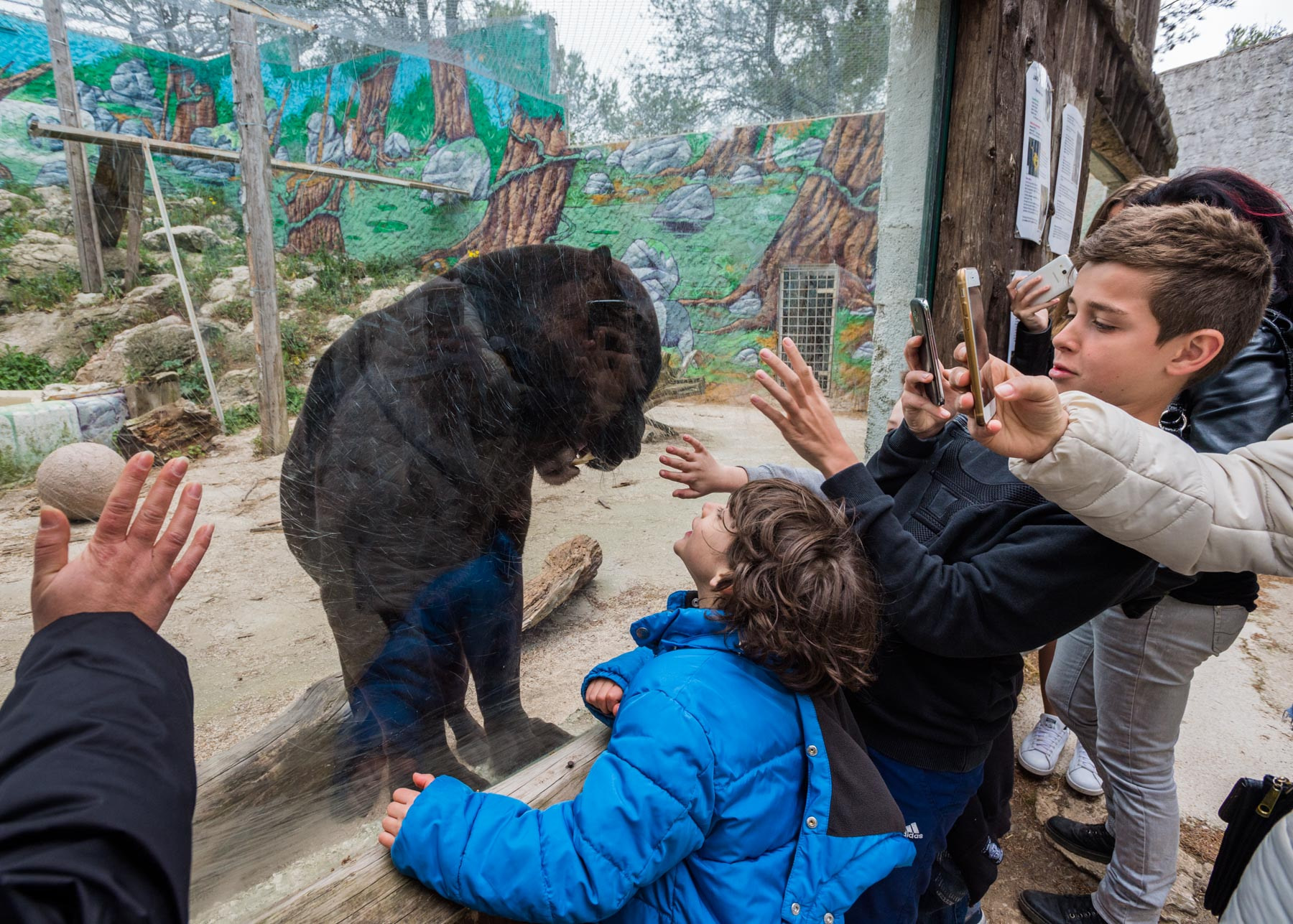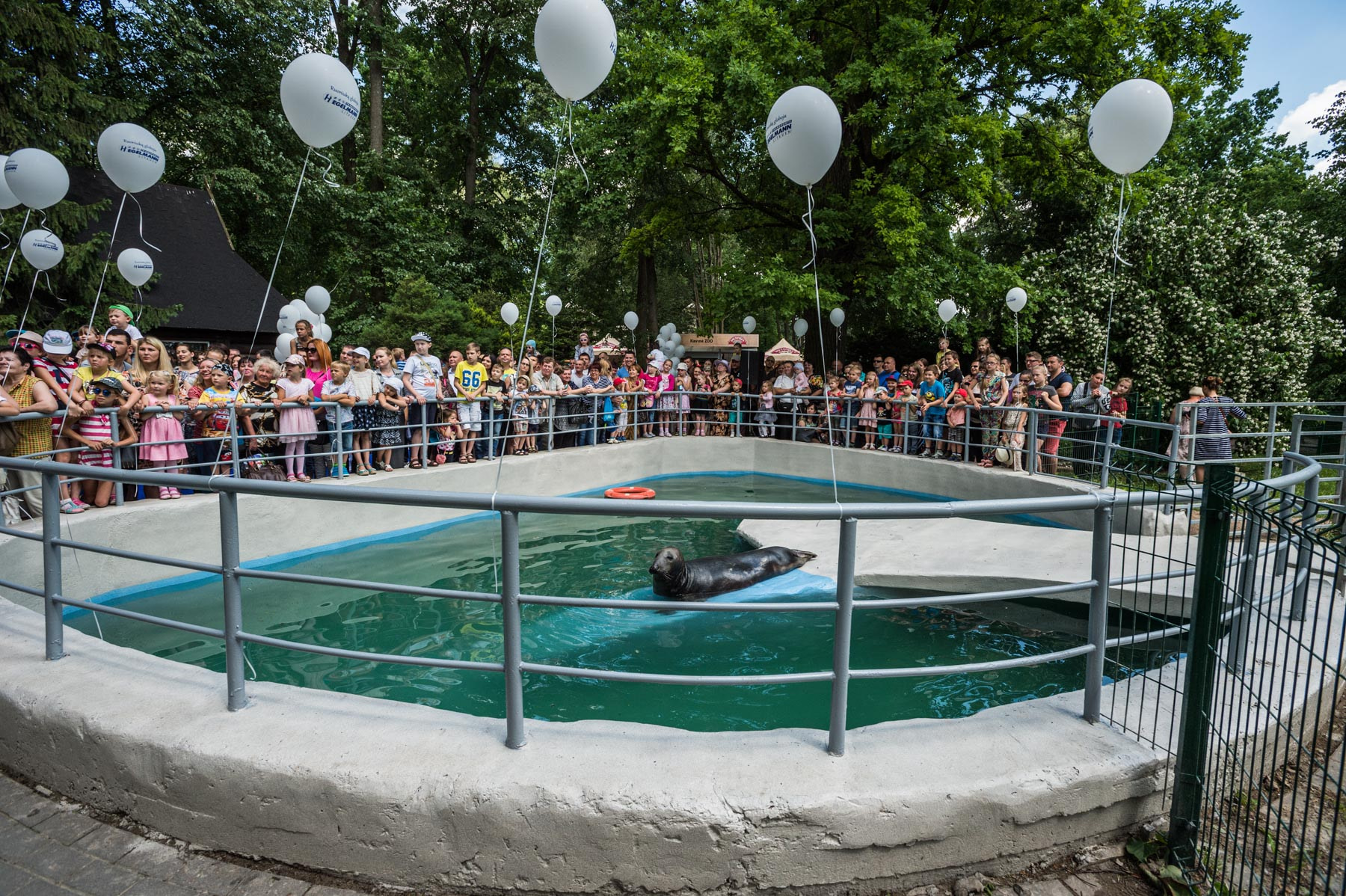At its core, the images in this pioneering field document the broader human-animal conflict and its resultant ecosystems of suffering. As global societies collectively awaken to the realities of our unjust exploitation of animals, APJ is of increasing interest.
We often look at animals through the familiar lens of wildlife and portrait photography. In recent years, conservation photography has emerged as a prominent field, documenting wild, endangered, and threatened species impacted by humanity. Animal photojournalism emphasizes the inclusion of all animals, particularly those historically underrepresented but with whom we in fact have very close contact: the animals we eat and wear, the animals used in research, and the animals we use for entertainment, work, and in religious practice. Animal photojournalism acknowledges their beinghood and brings their stories to light.
Like photojournalism and conflict photography, animal photojournalism often takes the form of a reportage or photo essay. It is relevant to current news and shapes conversations about its subject matter, offering empathetic insight into the experiences of animals. Animal photojournalism is used to further political, philosophical, and scientific discourse and campaigning. Many APJs work alongside campaigning organizations to help alleviate suffering and broaden public awareness.
In common with conflict photographers, animal photojournalists expose systemic violence, often by entering dangerous or distressing spaces in the hopes of informing the public and creating visual catalysts for change that empower social action and disempower abuse. They put themselves at physical and psychological risk in order to document practices and events. They may suffer long-term psychological effects, such as post-traumatic stress disorder, as a result of witnessing suffering and injustice.
Because animals used by humans are often caged and concealed, APJs sometimes need to surreptitiously gain access to places of animal exploitation, such as industrial farms, fur farms, and laboratories. In response to animal photojournalists, activists, and whistleblowers exposing these industries, lobbyists have successfully convinced some governments to adopt “ag-gag” laws that criminalize the documentation of animal use. Such laws undermine democratic values of free expression and an informed public.
Animal photojournalism is groundbreaking for two reasons. First, images in this genre demand radical empathy and self-awareness. Viewers must de-center themselves and consider the world through the eyes of a different species, while holding the truth of humanity’s undeniable role in the story. Additionally, it poses a fundamental threat to deeply embedded societal systems that continue largely unchallenged. The act of seeking out these visual stories is itself an act of resistance.
